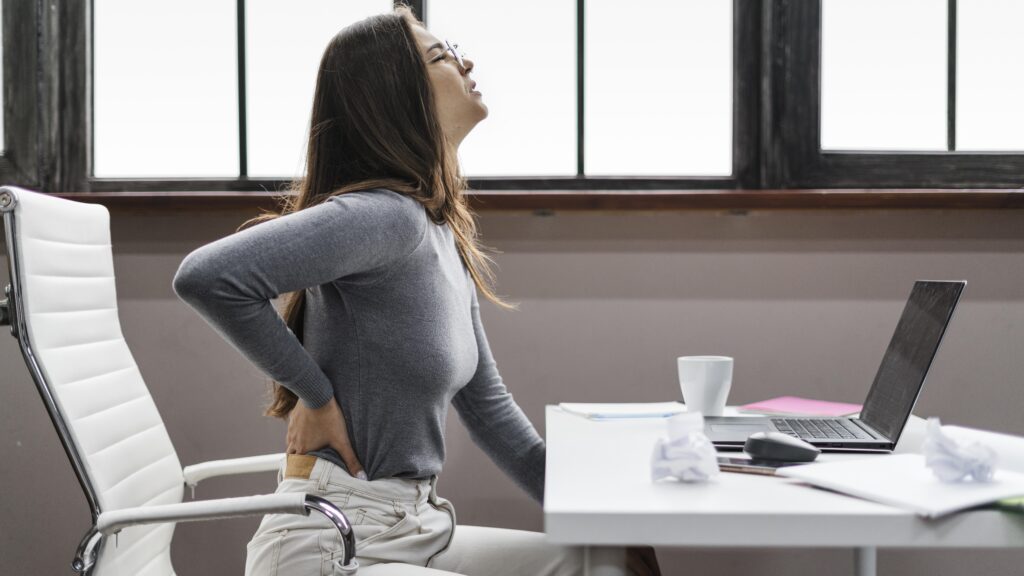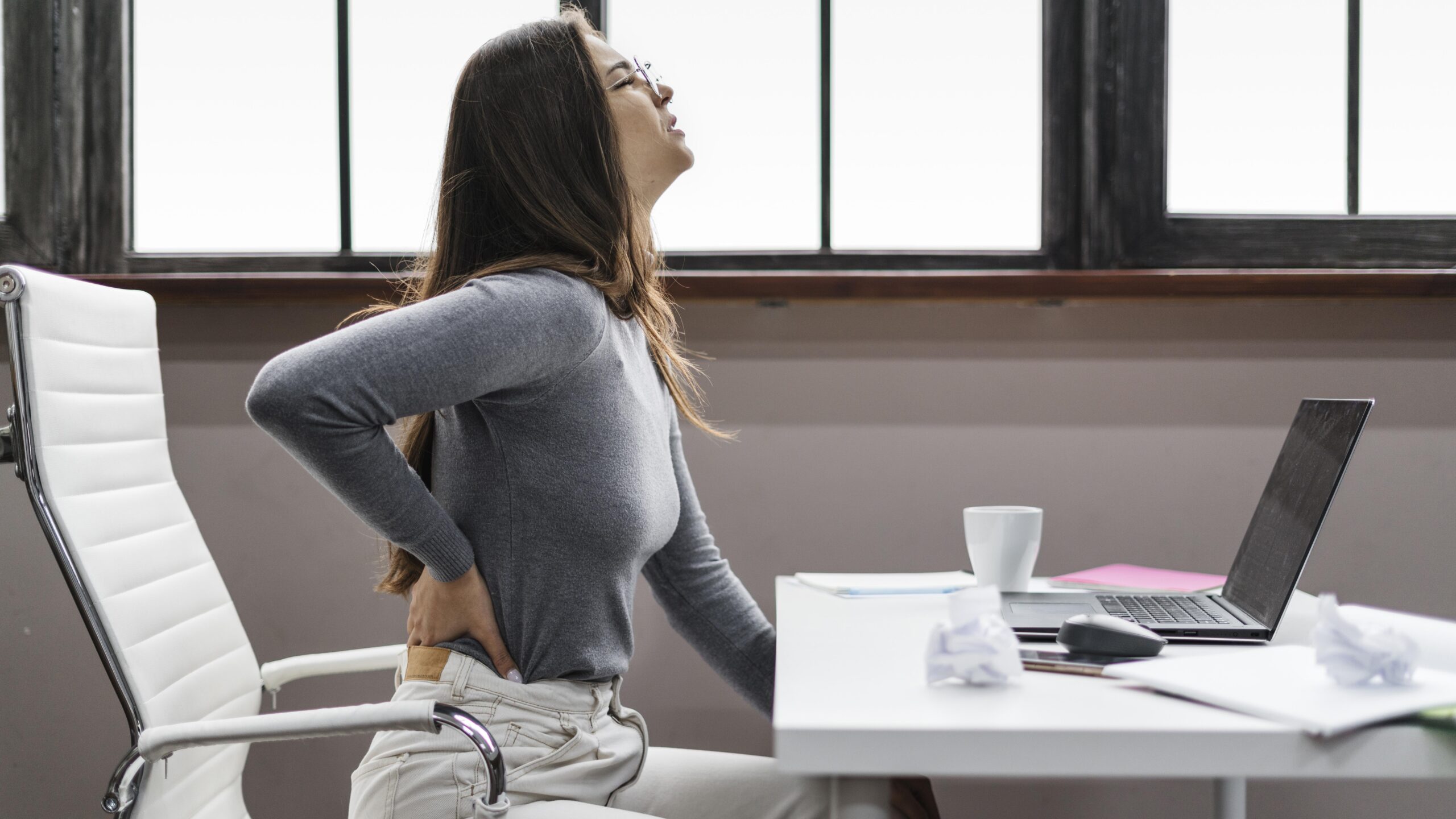
Spinal stenosis is a common condition that affects millions. The condition is caused by the narrowing of the spinal canal, which puts pressure on the spinal cord and nerves. This can lead to pain, numbness, and weakness in the affected areas.
The good news is that treatments are available to help ease the symptoms of spinal stenosis. In this blog post, we will explore the causes, symptoms, and treatment options for this condition.
What is Spinal Stenosis?
Spinal stenosis is a condition that occurs when the spaces in your spine narrow, putting pressure on your spinal cord or nerves. This can cause pain, numbness, tingling, and weakness in your arms or legs.
There are three types of spinal stenosis: Central and Foraminal.
Central stenosis happens when the central spinal canal narrows.
Foraminal stenosis occurs when the foramina — the small openings between the vertebrae — narrow.
Spinal stenosis can happen in any part of your spine, but it’s most common in the neck and lower back.
Causes of Spinal Stenosis
Spinal stenosis is a condition that occurs when the spaces in the spine narrow, placing pressure on the spinal cord and nerves. This can happen due to many reasons, including:
- Ageing: The disks in the spine start to degenerate and shrink with age, which narrows the spaces between them.
- Injury: An injury to the spine can cause it to heal by narrowing the spaces between the vertebrae.
- Bone Spurs: Over time, bony growths called bone spurs can develop along the edges of the vertebrae, further narrowing the spaces in the spine.
- Osteoarthritis: This degenerative joint disease can lead to the formation of bone spurs and other changes that narrow the spine.
These are just some of the potential causes of spinal stenosis. If you think you may be suffering from this condition, see your doctor for an accurate diagnosis and treatment plan.
Symptoms of Spinal Stenosis
Symptoms of spinal stenosis can vary depending on the location and severity of the condition. The most common symptom is pain, which can be mild to severe. Other symptoms may include numbness, tingling, weakness, and difficulty walking or moving.
If the spinal canal narrows and puts pressure on the spinal cord, this can cause myelopathy, a type of neurological damage. Myelopathy can cause problems with balance, coordination, and bladder or bowel control. It can also make it difficult to walk or move.
In some cases, people with spinal stenosis may not have any symptoms. This is more common in mild cases. However, even in mild cases, the condition can still progress and lead to more severe symptoms over time.
Treatment for Spinal Stenosis
There are several different ways to treat spinal stenosis, and the best course of action will depend on the individual case.
In some cases, simple lifestyle changes may be enough to ease symptoms and improve quality of life.
These changes might include things like,
- Losing weight
- Avoiding activities that aggravate pain, and
- Participating in physical therapy.
In other cases, more aggressive treatment may be necessary. This could involve medications, injections, surgery, or a combination of these approaches. Medications to treat spinal stenosis include anti-inflammatories, pain relievers, and muscle relaxants.
Injections can help to relieve pain and inflammation temporarily. And surgery may be an option for more severe cases that don’t respond to other treatments.
Surgery for Spinal Stenosis
There are several types of surgery that can be used to treat spinal stenosis. The type of surgery that is right for you will depend on the severity of your condition and the underlying cause.
- Laminectomy. This procedure involves removing a small section of bone from your vertebrae to widen the space in your spine and relieve pressure on your nerves.
- Decompression laminectomy. This procedure is similar to laminectomy but also involves removing part of the ligament that covers your spine. This can help to relieve pressure on your nerves further.
- Spinal fusion is another surgical option for treating spinal stenosis. This procedure involves joining two or more vertebrae together so that they can heal into one solid unit. Spinal fusion can help to stabilise your spine and reduce pain.
The decision to have surgery for spinal stenosis is a big one. Be sure to talk with your doctor about your treatment options and what is right for you.
When to see a Spine Surgeon
If you have been diagnosed with spinal stenosis, your doctor will likely recommend conservative treatment options first. These may include physical therapy, pain medication, and epidural steroid injections.
If these treatments do not relieve your symptoms or are severe, your doctor may refer you to a spine surgeon.
A spine surgeon is a doctor who specialises in diagnosing and treating spine disorders. They will be able to evaluate your condition and determine if surgery is the best option for you.
If surgery is recommended, the surgeon will work with you to develop a treatment plan specific to your needs.
Prevention of Spinal Stenosis
While it’s possible to have some degree of stenosis without any symptoms, the condition can also cause pain, numbness, or weakness in the legs or arms.
There are several things you can do to prevent spinal stenosis, including:
- Exercise regularly. This helps maintain strong muscles and keep your joints healthy.
- Maintain a healthy weight. Extra weight puts extra stress on your spine.
- Avoid smoking. Smoking decreases blood flow and can damage the spinal disks.
- Wear comfortable shoes with good support. High heels and flat shoes can both contribute to back problems.
Bottomline
Although spinal stenosis is a severe condition that can cause debilitating pain, it is important to remember that treatment options are available. With the help of a qualified spine specialist, you can develop a treatment plan to relieve your symptoms and help you regain your quality of life.
If you think you may be suffering from spinal stenosis, don’t hesitate to reach out to a spine specialist today.

